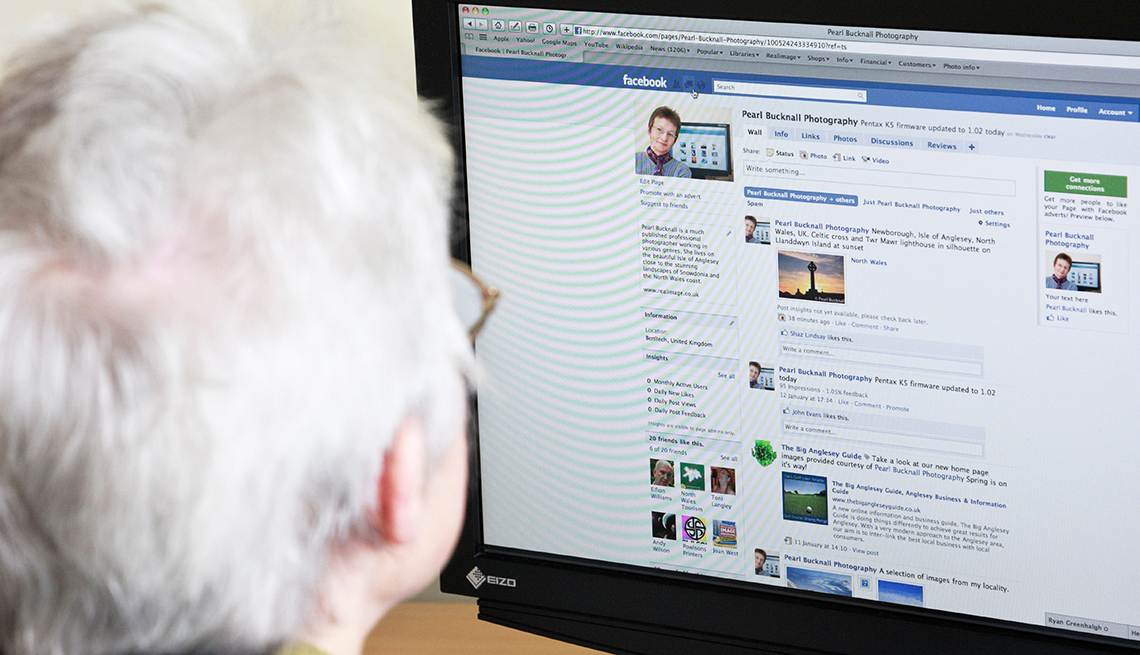AARP Hearing Center
Aaron Kassraie,
Throwing a frisbee, casting a fishing line or running a marathon can seem like harmless, healthy fun. But physical activity could lead to headaches if you’re applying for Social Security disability benefits and your activity shows up on Facebook or Instagram. It could also lead to denial of disability benefits.
Is it fair for the government to comb through your social media? On the other hand, is it fair that you’re applying for benefits if you can do these activities? And where does your privacy begin and end as you share your life online?
These are all questions the Social Security Administration (SSA) is weighing, as Acting Social Security Commissioner Nancy A. Berryhill has told Congress in written explanations over the last week. The disclosures were included in the agency’s description of its budget request and plans for next year.
Facebook and other social media feeds are already reviewed selectively if agency investigators suspect someone is fraudulently collecting benefits and they are looking for corroboration, the agency said in the documents it gave to lawmakers. But the SSA is still deciding on reviewing applicants’ social media feeds more regularly or routinely.
The agency is “evaluating how social media could be used by disability adjudicators in assessing the consistency and supportability of evidence in a claimant’s case file,” Berryhill said in the submission to Congress.
Find the answers to common Social Security questions
The idea has drawn praise as well as criticism — praise because more attention to people's social media could cut down on fraud, some say.
“Social media can provide valuable evidence to support or deny individuals’ disability claims,” Rachel Greszler, a research fellow at the Heritage Foundation, a conservative Washington think tank, wrote last year. “For example, a disability claimant may say that she is unable to leave her home, while her social media pictures show her out and about regularly.”

































































